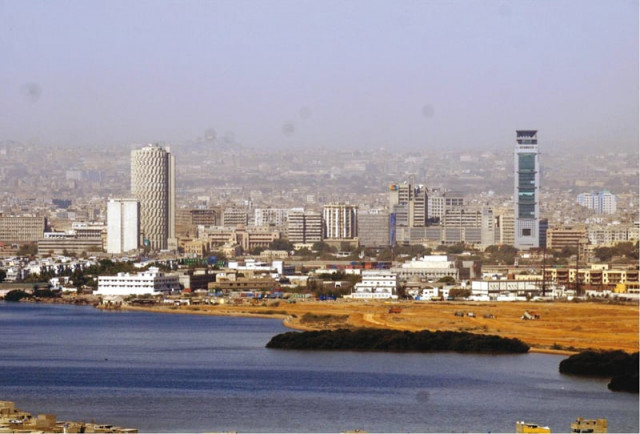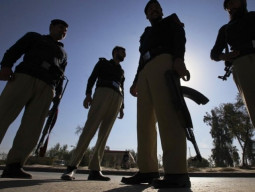
He was speaking on the topic, ‘Why urban planning does not work in Karachi?’, on the second day of a two-day seminar, titled, ‘Urban Planning and Institution Arrangements’, at NED University’s city campus on Saturday. The seminar was a collaborative effort of Urban Policy and Strategic Planning, Engro Foundation, Health and Nutrition Development Society (HANDS) and Shehri.
Anwar discussed the various development plans that were devised for the city but failed to continue. Initially, he said, in the year, 1952, the Greater Karachi Plan was developed, after which the Greater Karachi Resettlement Plan was brought forward in 1958. After that, he said, the Karachi Development Plan started in 1974 and lasted till 1985.
Regularising slums: Call for paradigm shift in urban planning
The Karachi Development Plan again came up in 2000, he explained, and then came the Karachi Strategic Development Plan for the year, 2020. According to him, since we are in the age of strategic planning now, we need to understand why these plans have not worked out so far.
According to Anwar, it is universally accepted that urban planning should fall in the jurisdiction and mandate of the local government. Talking about the vertical imbalances between the provincial and local governments, he regretted that many of the local government functions were performed at the behest of the provinces. “There is little autonomy in what the local governments can do and their existence is largely dependent upon their relationships with the provincial governments,” he said.
Anwar talked about how the Sindh Solid Waste Management Board, Sindh Building Control Authority - which, he says, once used to be the Karachi Building Control Authority - Karachi Water and Sewerage Board, Sindh Mass Transit Authority and the Karachi Development Authority, all lie under the provincial government instead of the local government.
Nonetheless, urban planner Arif Hasan seems to believe that the problem lies somewhere other than provincial or local government governance. According to him, the most alarming thing appears to be the formal sector development that is taking place. “The nature of the informal sector development and the values that it promotes and where they come from have to be understood as well,” he stressed.
[Un]protected heritage: Pedestrian bridge obscures DJ Science College façade
He pointed that cities have evolved without decentralisation. For example, he said that the centralised Bombay Development Authority is much more controlled and has better governance and land use as compared to the Karachi Development Authority. He then cited the example of the Delhi Development Authority. He said that although centralised, the authority now has a lot of its functions having been given to the Delhi government. The problem of Karachi was of a relationship of power. “Karachi is the non-Sindhi-speaking capital of the Sindhi-speaking province,” he pointed out. All power relations between the federal government and Sindh have been extremely conflicting over the years, he said. Similar pressures, he added, could be seen in Bombay today between the Hindi-speaking and Marathi-speaking populations.
Greener city: Urban forestry to counter air pollution in Karachi
Meanwhile, former Karachi Metropolitan Corporation administrator Fahim Zaman seemed sceptical about the urban policies being discussed in the seminar. He pointed out how the Bahria Town mega project was spread over around 93 square kilometres, whereas, the entire Central district was merely 69 square kilometres. He added that similar was the case with DHA City. “There were 45 villages in the old Gadap Town, which is now the Malir district,” he said. “Most of these villages have lost their agricultural land. Some of those villages can now only be seen in historical images on Google Earth.”
Published in The Express Tribune, March 27th, 2016.


















COMMENTS
Comments are moderated and generally will be posted if they are on-topic and not abusive.
For more information, please see our Comments FAQ